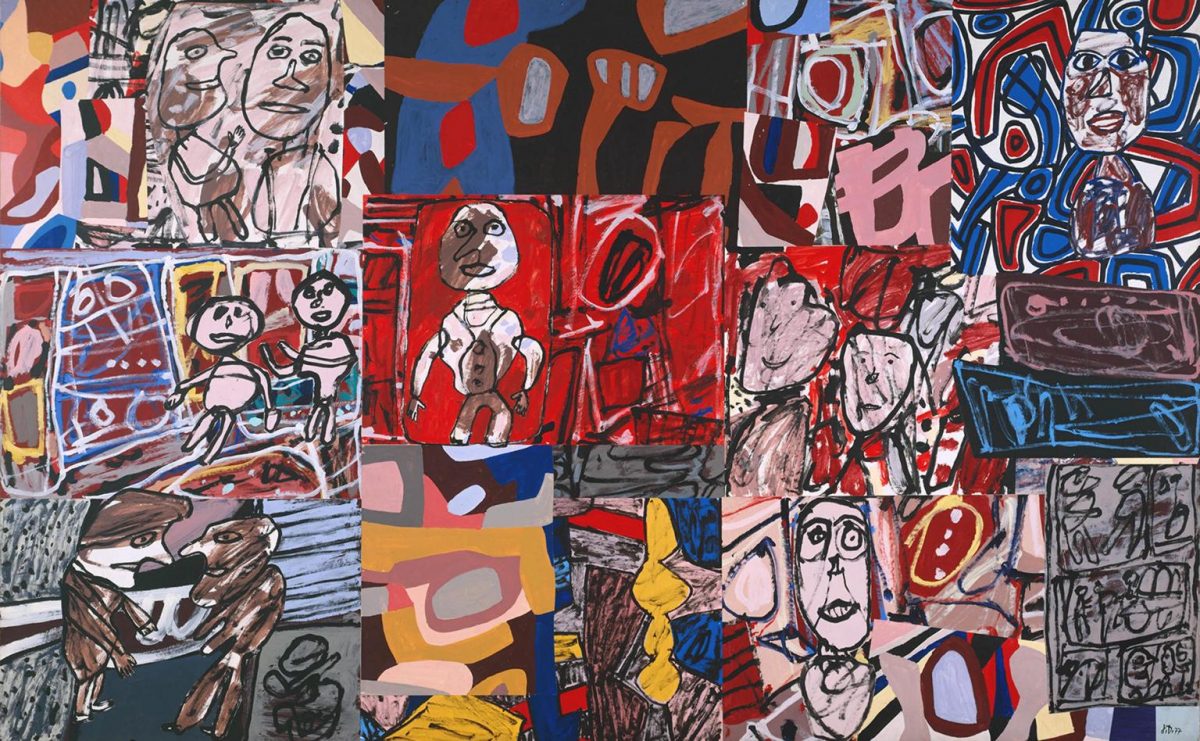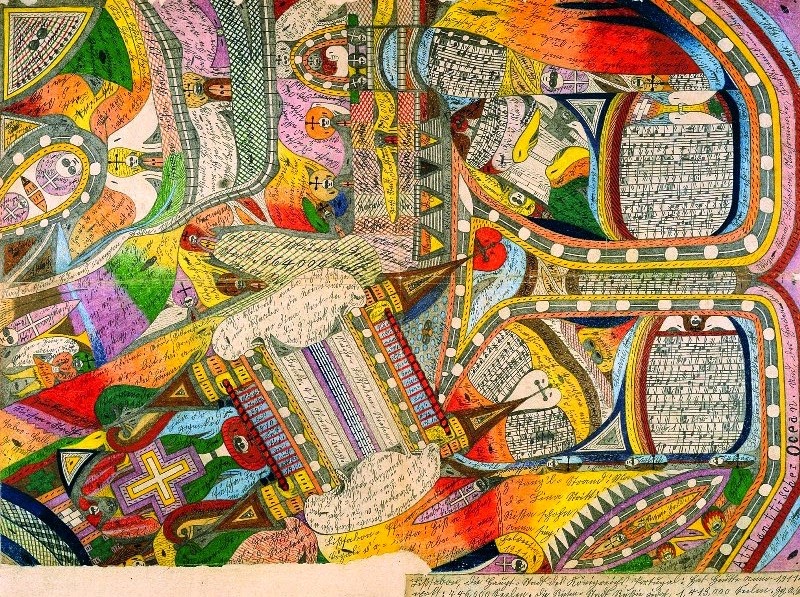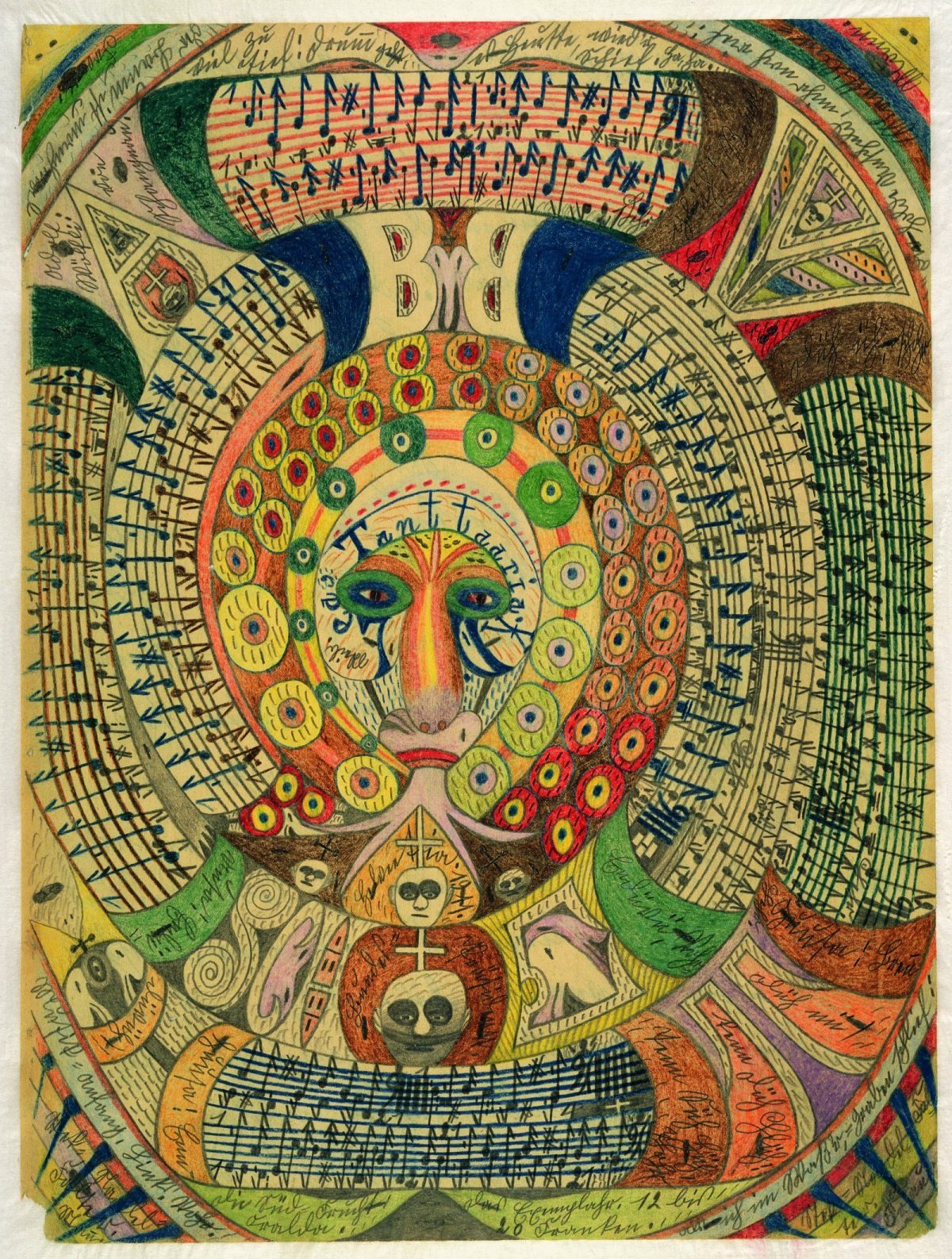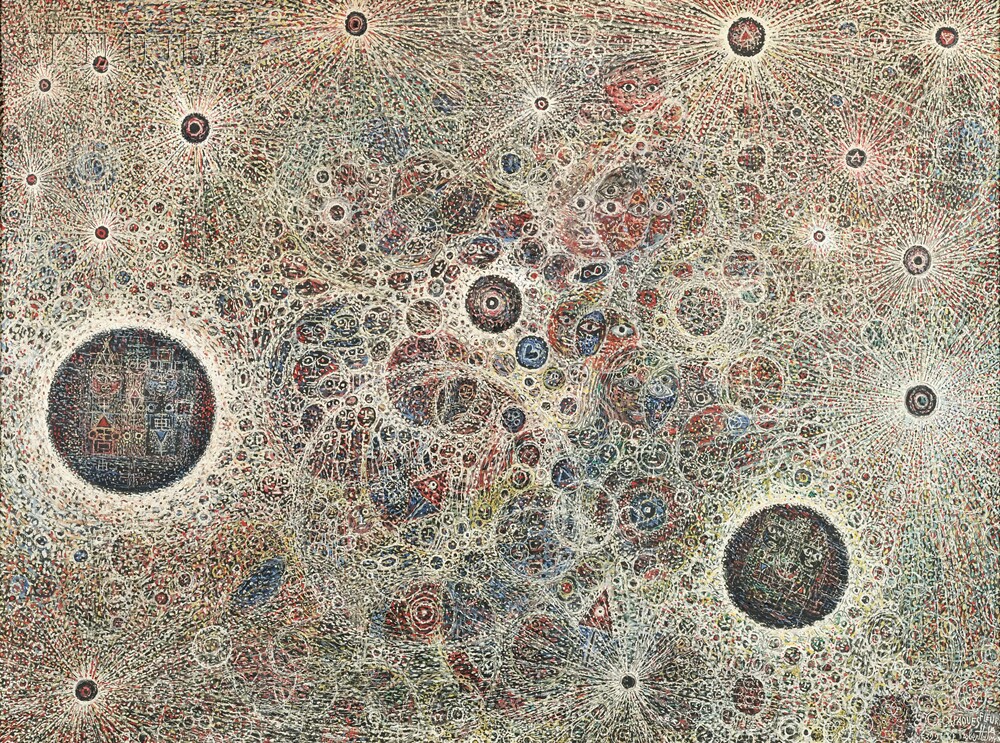The so-called Art Brut represents something truly unique among the various artistic movements. A form of visual expression that shuns all known canons and focuses on the artist’s only idea. To fully understand how the phenomenon is born and how it develops, we must start from Jean Dubuffet, the artist who coined the term to describe “an entirely pure, raw artistic operation that the creator fully reinvents in all its phases, as spurred uniquely by his own impulses.”
The Concept behind the Art Brut
The creators that fall within this definition are singular characters, who deny the impositions and values of the community. These are often self-taught painters and sculptors for whom artistic recognition is not important. In particular, these artists do not create for fame or money. Their art is aimed at itself, at a pure expression of their inner world.
Precisely because their creative world knows no limits and impositions, they are not oriented towards any particular style. Or rather, they don’t feel adhered to any artistic tradition exactly because in this way they are free to give their creations singular figurative meanings.

This type of art, also called “outsider art” is defined by Jean Dubuffet in this way:
“By this [Art Brut] we mean pieces of work executed by people untouched by artistic culture, in which therefore mimicry, contrary to what happens in intellectuals, plays little or no part, so that their authors draw everything (subjects, choice of materials employed, means of transposition, rhythms, ways of writing, etc.) from their own depths and not from clichés of classical art or art that is fashionable. Here we are witnessing an artistic operation that is completely pure, raw, reinvented. In all its phases by its author, based solely on his own impulses. Art, therefore, which is manifested the sole function of invention, and not those, constantly seen in cultural art, of the chameleon and the monkey.”
Art By Medically Insane Patients
In 1919 Karl Jaspers in Psychology of worldviews describes madness as a “particular” form of existence. Three years later Jaspers wrote a famous essay on Van Gogh. In this he affirms that schizophrenia unleashed previously inhibited forces in the Dutch artist, resulting in “a plus of creativity”. As if to say that the talent of an artist, thanks to madness, reaches the heights of a genius if not more intense, certainly of special authenticity.

The relationship between mental illness and creative expression has a long history and there is still much to be explored. However, a remarkable documentation work was that of Dr. Morgenthaler on the expressive creativity of Adolph Wölfli.
Wölfli was a psychiatric patient at the hospital in Waldau but also a prominent exponent of Art Brut. At the hospital, Wölfli began drawing, writing, and composing music. He worked day and night until 1930, the year of his death.

In thirty years Wölfli creates 1300 drawings, notebooks of writings, a biography entitled The legend of Saint Adolfo: his is a manic and “necessary” production.
His works are almost always mandalic, have a center from which the whole composition radiates, as if to restore an order now lost in his life. In addition to graphic elements, he also inserts lyrics and musical notes in his creations.
Compagnie de l’Art Brut
In 1948, along with others, Dubuffet and Andre Breton founded the Compagnie de l’Art Brut. Known as the Collection de l’Art Brut, the series is regularly lent for exhibitions at art museums around the world. The collection now contains thousands of works and is based in Lausanne.

Well known Art Brut artists include the painters Henri Rousseau (1844-1910), Augustin Lesage (1876-1954), Joseph Crepin (1875-1948), sculptor Robert Tatin (1902-83), the painter Gaston Chaissac (1910-64); and the junk artist Chomo (Rene Chomeaux).
Today it is evident that this type of art is connected to more canonical artistic movements, which however preserve a certain intuitive connotation. It seems that Art Brut partially influenced Basquiat himself and the exponents of Art Informel and Abstract Expressionism.